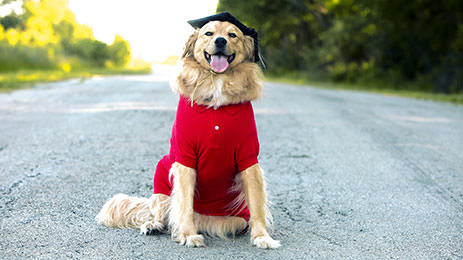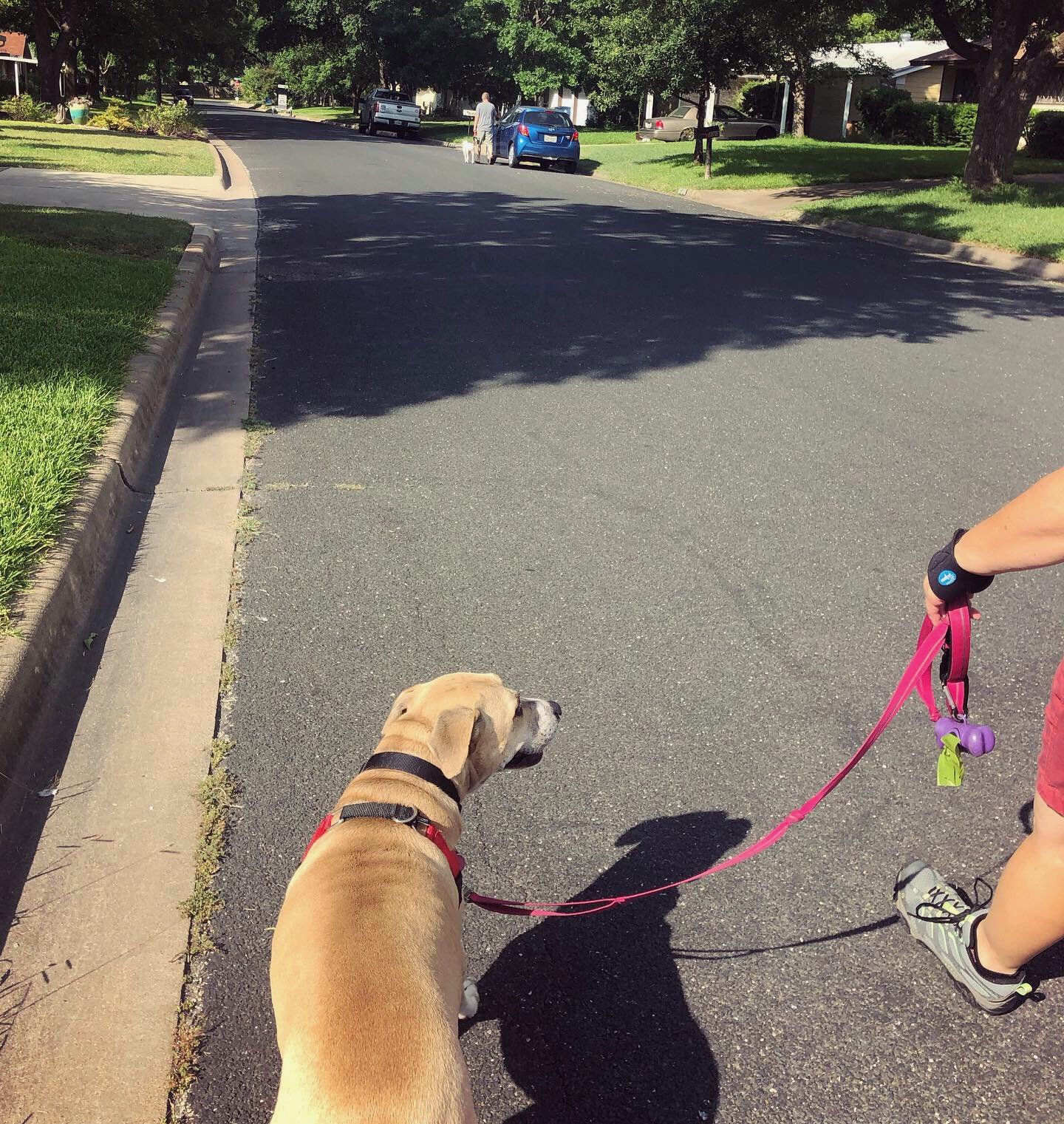Raise Your Skills with Local Dog Training Charlotte Programs
Raise Your Skills with Local Dog Training Charlotte Programs
Blog Article
The Ultimate Overview to Dog Training: Building a Delighted, Loyal Pet Dog
Reliable dog training is a diverse process that depends upon a deep understanding of canine behavior and the application of tested strategies. By welcoming favorable support and constant command usage, family pet proprietors can cultivate not only obedience but also a strong, trusting relationship with their dogs. However, the journey does not end with standard commands; dealing with behavior issues and producing a nurturing training environment are just as essential elements. As we check out these elements, it becomes noticeable that the course to a mannerly and material canine buddy may hold extra complexities than one may initially think.

Comprehending Canine Habits
Just how does a canine's habits mirror its mental and psychological state? A dog's actions can work as a window into its sensations, needs, and general mental well-being. A wagging tail usually signifies happiness and enjoyment, while a decreased tail might indicate fear or entry. Articulations such as whining or barking can communicate a variety of emotions, from joy to distress.
Body language also plays a critical duty in recognizing canine actions. A relaxed posture and open mouth signal convenience, whereas stressful muscular tissues and pinned ears may suggest anxiousness or aggression. Observing these signals is vital for determining the origin triggers of a canine's behavior, whether it originates from exhilaration, concern, or irritation.
In addition, a pet dog's interaction with its environment and various other animals can supply insight right into its mood. A dog that involves happily with other pets is most likely sensation safe and secure and social, while one that shows avoidance or hostility may be experiencing stress or instability. Comprehending these behavior cues is important for cultivating a solid partnership between the owner and the family pet, eventually contributing to the pet dog's psychological health and wellness and well-being.
Essential Educating Techniques
Efficient pet training strategies are crucial for fostering preferable habits and enhancing the bond in between a canine and its owner. Using favorable support is among the most efficient methods, where rewards such as treats, appreciation, or playtime are provided to reinforce desired habits (Dog training). This urges the pet to repeat those actions, developing a favorable understanding setting
Uniformity is one more important aspect in canine training. Commands must be uniform and clear, and all relative must apply the very same regulations to prevent puzzling the pet dog. Timing is equally important; rewards need to be provided quickly after the preferred behavior to establish a clear link in between the action and the incentive.
Additionally, interesting and brief training sessions are effective, as pets have differing focus periods. Go for sessions of 5 to browse this site 15 mins, depending on the pet dog's age and energy degree. Integrating play into training can also enhance motivation and enjoyment for both the canine and the owner.
Lastly, patience is vital. Pet dogs learn at their own speed, and keeping a tranquil behavior will certainly help relieve frustration, guaranteeing a favorable training experience. These necessary methods prepared for effective pet training and a harmonious connection.
Standard Commands to Instruct

Use deals with, appreciation, and playtime to reward your pet's successes. By instilling these basic commands, proprietors outfit their pet dogs with the skills essential for a well-behaved and harmonious connection.
Attending To Typical Behavioral Problems
Comprehending and dealing with usual behavioral issues in pet dogs is important for cultivating an unified relationship between pets and their owners. Numerous pets exhibit habits such as too much barking, eating, or aggressiveness, which can originate from anxiety, dullness, or lack of proper training. Recognizing the origin of these behaviors is the initial step towards efficient treatment.
For instance, too much barking may suggest a demand for focus or an action to environmental stimuli. In such situations, proprietors must analyze the dog's setting and offer sufficient mental stimulation, such as interactive playthings or normal exercise. Chewing can typically be managed by rerouting the habits to proper chew products and guaranteeing that the canine has adequate physical task to decrease dullness.
Aggressive habits requires careful handling and might require expert training help. It's critical this contact form to understand that penalty can exacerbate stress and anxiety and aggressiveness, bring about a cycle of behavior concerns. Rather, emphasis on favorable support methods to award desirable behaviors and enhance a sense of safety you can try here and security.
Building a Positive Training Environment
Creating a favorable training environment is fundamental for reinforcing preferable habits in pet dogs and minimizing behavioral issues. This setting must be identified by consistency, inspiration, and a clear understanding of the training purposes. By establishing a routine, pets discover what is anticipated of them, which helps in reducing anxiousness and confusion.
Utilizing favorable reinforcement techniques, such as deals with, praise, and play, cultivates a complacency and inspiration in the pet. Rewarding etiquette instantly and consistently enhances the preferred actions, making the training procedure much more reliable - dog training near me. In addition, fitness instructors need to continue to be client and tranquility, as pet dogs are delicate to their handlers' emotions
The training space must be totally free from distractions to make sure the dog can concentrate on the tasks handy. Consider utilizing a quiet space or a secure outdoor location. Furthermore, integrating playtime and socialization right into training sessions promotes an all-round method, enhancing the canine's knowing experience.
Eventually, a positive training setting nurtures a strong bond between the pet dog and handler, bring about an obedient, pleased family pet. By prioritizing this atmosphere, animal proprietors can successfully deal with behavior difficulties and cultivate a successful training trip.
Verdict
Efficient canine training relies on a detailed understanding of canine behavior and the application of positive reinforcement strategies. Embracing these principles ensures a rewarding training experience for both dogs and their proprietors.
Efficient canine training is a multifaceted process that pivots on a deep understanding of canine actions and the application of tested techniques. A pet that engages playfully with other dogs is most likely feeling social and safe and secure, while one that displays evasion or hostility may be experiencing stress and anxiety or instability.Effective pet training methods are crucial for cultivating desirable behaviors and enhancing the bond between a dog and its proprietor.Creating a positive training setting is essential for reinforcing desirable actions in dogs and alleviating behavioral concerns.Effective canine training counts on an extensive understanding of canine habits and the application of positive reinforcement techniques.
Report this page